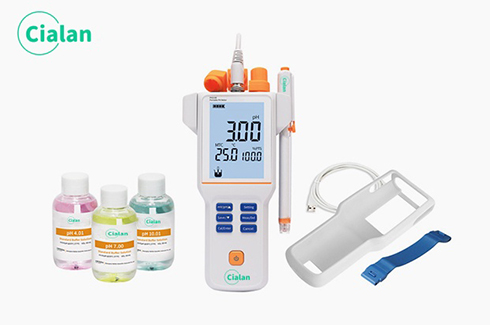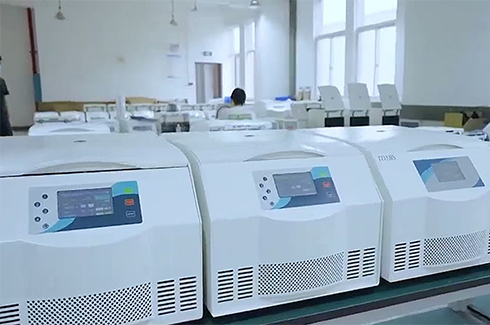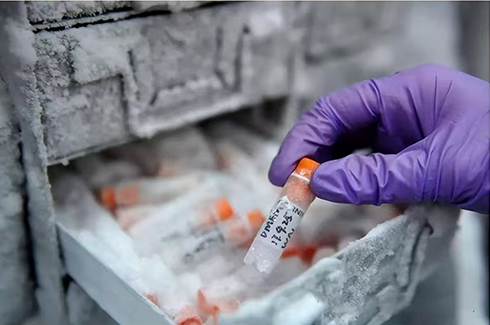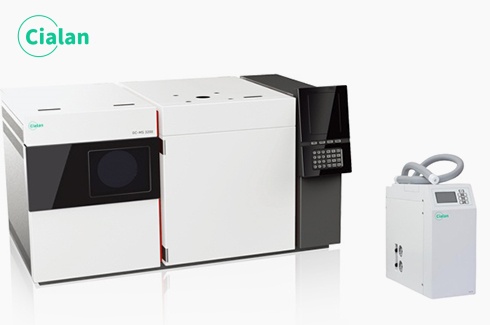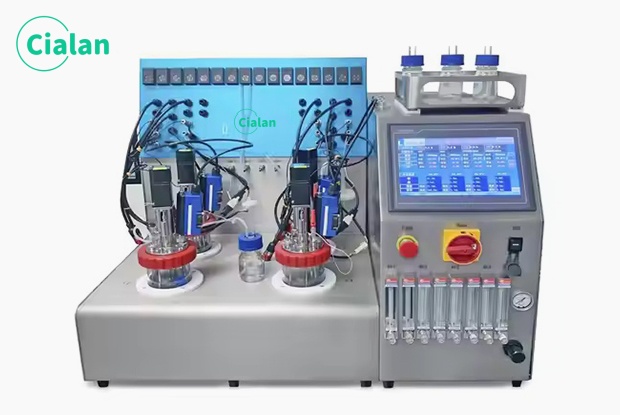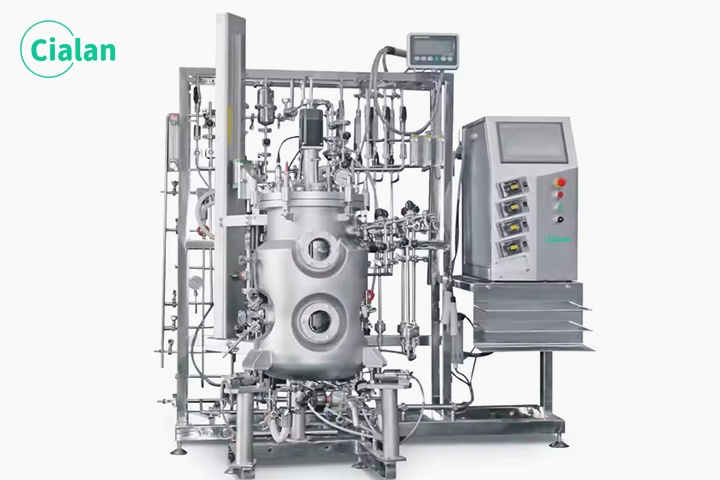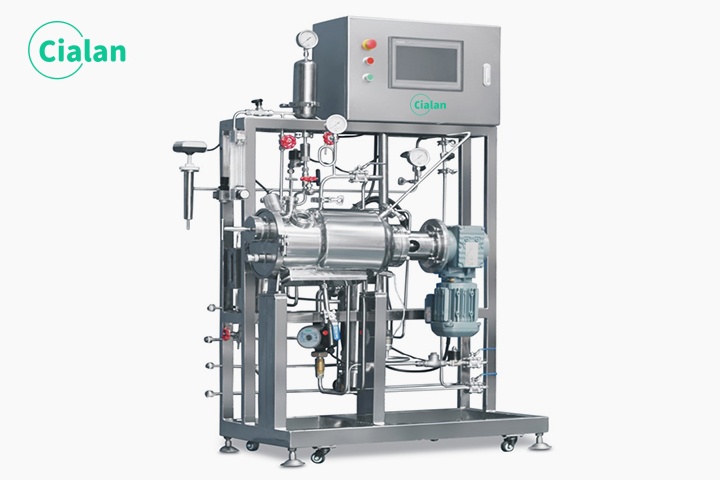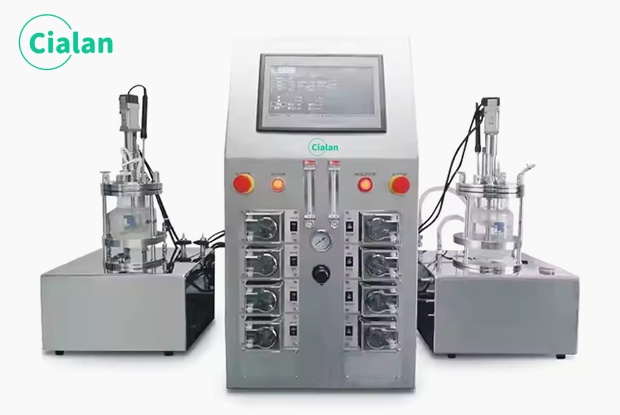How to clean stainless steel fermentation tanks?
The importance of cleaning stainless steel fermentation tanks.
Stainless steel fermentation tanks are very common equipment in production. Its use can ensure product quality and production efficiency, and it is a sterile environment. The cleaning of stainless steel fermentation tanks is very important, as it is related to product quality and production efficiency. If the cleaning work is not in place, it will affect product quality and reduce production efficiency. Therefore, we must pay attention to the cleaning of stainless steel fermentation tanks. So how to clean stainless steel fermentation tanks?
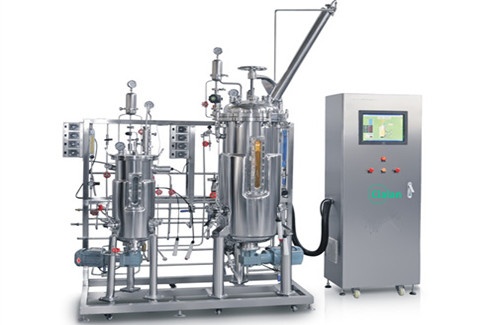
The way to clean stainless steel fermentation tanks.
1. When cleaning the stainless steel fermentation tank, you can use a brush or brush to clean it to avoid foam remaining on the surface of the stainless steel fermentation tank.
2. Use professional cleaning agents for cleaning, which can better protect the stainless steel fermentation tank. Be careful not to use acidic cleaning agents, otherwise they will corrode the inner wall of the stainless steel fermentation tank, causing rust spots on the inner wall.
3. After rinsing the stainless steel fermentation tank with clean water, it is necessary to dry it in time to ensure its dryness.
4. If there is a lot of oil stains, you can use a small rag with some diluted cleaning agent to wipe the surface of the stainless steel fermentation tank to remove the oil stains and stains. Will not cause secondary pollution to stainless steel fermentation tanks
5. If there is still a small amount of stain remaining after cleaning, you can use neutral detergent to clean it.
After cleaning, be sure to dry the surface of the stainless steel fermentation tank to prevent moisture from remaining on the surface of the stainless steel fermentation tank. Stainless steel fermentation tanks are sterile environments, so try not to put cleaned fermentation tanks into a closed space.
6. Cleaning the stainless steel fermentation tank regularly can reduce the accumulation of dust. If it is not cleaned, dust may accumulate in the stainless steel fermentation tank, thereby producing bacteria.
7. Regularly disinfect the stainless steel fermentation tanks to ensure the hygienic environment of the stainless steel fermentation tanks.
Stainless steel fermentation tanks are very common equipment in production. Its use can ensure product quality and production efficiency, and it is a sterile environment. The cleaning of stainless steel fermentation tanks is very important, as it is related to product quality and production efficiency. If the cleaning work is not in place, it will affect product quality and reduce production efficiency. Therefore, we must pay attention to the cleaning of stainless steel fermentation tanks. So how to clean stainless steel fermentation tanks?

The way to clean stainless steel fermentation tanks.
1. When cleaning the stainless steel fermentation tank, you can use a brush or brush to clean it to avoid foam remaining on the surface of the stainless steel fermentation tank.
2. Use professional cleaning agents for cleaning, which can better protect the stainless steel fermentation tank. Be careful not to use acidic cleaning agents, otherwise they will corrode the inner wall of the stainless steel fermentation tank, causing rust spots on the inner wall.
3. After rinsing the stainless steel fermentation tank with clean water, it is necessary to dry it in time to ensure its dryness.
4. If there is a lot of oil stains, you can use a small rag with some diluted cleaning agent to wipe the surface of the stainless steel fermentation tank to remove the oil stains and stains. Will not cause secondary pollution to stainless steel fermentation tanks
5. If there is still a small amount of stain remaining after cleaning, you can use neutral detergent to clean it.
After cleaning, be sure to dry the surface of the stainless steel fermentation tank to prevent moisture from remaining on the surface of the stainless steel fermentation tank. Stainless steel fermentation tanks are sterile environments, so try not to put cleaned fermentation tanks into a closed space.
6. Cleaning the stainless steel fermentation tank regularly can reduce the accumulation of dust. If it is not cleaned, dust may accumulate in the stainless steel fermentation tank, thereby producing bacteria.
7. Regularly disinfect the stainless steel fermentation tanks to ensure the hygienic environment of the stainless steel fermentation tanks.


